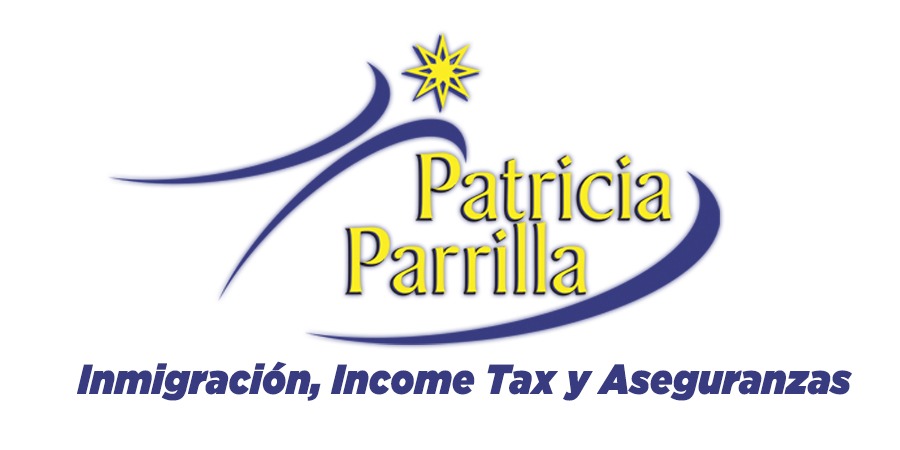Small businesses that make their website compliant with Americans with Disabilities Act standards could qualify for the disabled access tax credit. From business clients to your own tax practice, this credit can help cover some of the associated expenses.
What is the Americans with Disabilities Act?
According to ADA.gov, the Americans with Disabilities Act guarantees that those with disabilities will be able to:
- Enjoy employment opportunities
- Purchase goods and services
- Participate in state and local government programs and services
To that end, the ADA lays out three general criteria that are used to determine if someone qualifies for these protections:
- A physical or mental impairment that substantially limits one or more major life activities
- A person who has a history or record of such an impairment, or
- A person who is perceived by others as having such an impairment
ADA protections also include website accessibility. Just like not making your business wheelchair accessible, failing to make your site compliant can potentially put you at risk of a lawsuit. Before you say, “That won’t happen to me,” consider a June 2021 article by the National Law Review reporting a 75 percent increase in ADA-related lawsuits for the year.
After all, millions of Americans use online retailers to purchase everything from televisions to toilet paper every day, and the number of online-only businesses keeps growing. So, making your website ADA compliant now can help you better serve more customers and potentially reduce the risk of litigation.
How do I make my website ADA compliant?
The website accessibility standards suggest a wide range of solutions, from supporting screen readers to including captions on video content. However, that comprehensive nature can make it difficult to make your website compliant, which is probably why the National Law Review recommends “[working] with trusted law firms and advisors” to navigate your responsibilities.
As for actually building your site, the team—whether in-house or third-party—needs to understand how to implement that advice during development and when applying updates. Further, be sure to schedule regular compliance checkups after publication. If that sounds complicated and time consuming, the good news is that there are services and online tools that can help.
How much is the disabled access tax credit worth?
The disabled access tax credit is a non-refundable credit worth up to $5,000 for qualifying business expenses. The instructions for Form 8826 specifically identify four categories of qualified expenditures:
- To remove barriers that prevent a business from being accessible to or usable by individuals with disabilities;
- To provide qualified interpreters or other methods of making audio materials available to hearing-impaired individuals;
- To provide qualified readers, taped texts, and other methods of making visual materials available to individuals with visual impairments; or
- To acquire or modify equipment or devices for individuals with disabilities
Keep in mind that expenses claimed to qualify for the credit cannot be used to benefit from another tax credit or deduction. (Or, as the specific instructions for Line 6 begin: “Denial of double benefit.”)
How do small businesses qualify for the disabled access tax credit?
To qualify for the disabled access tax credit, a small business must meet one of the following criteria listed on Form 8826, Disabled Access Credit:
- Had gross receipts (including that of any predecessor) for the preceding tax year that did not exceed $1 million
- Had no more than 30 full-time employees during the preceding tax year
While most small businesses will file the 8826, some pass-through entities can instead claim the disabled access credit on Form 3800, General Business Credit.
Sources: ADA.gov; Form 8826, Disabled Access Credit; National Law Review

 Patricia Parrilla Tax Services
Patricia Parrilla Tax Services